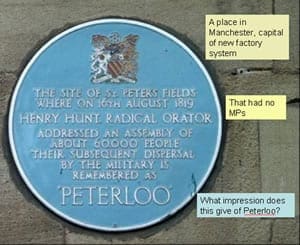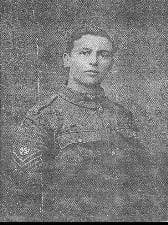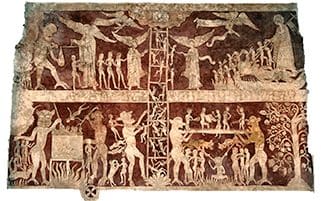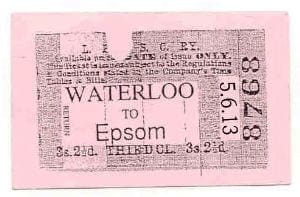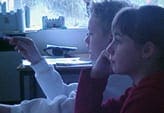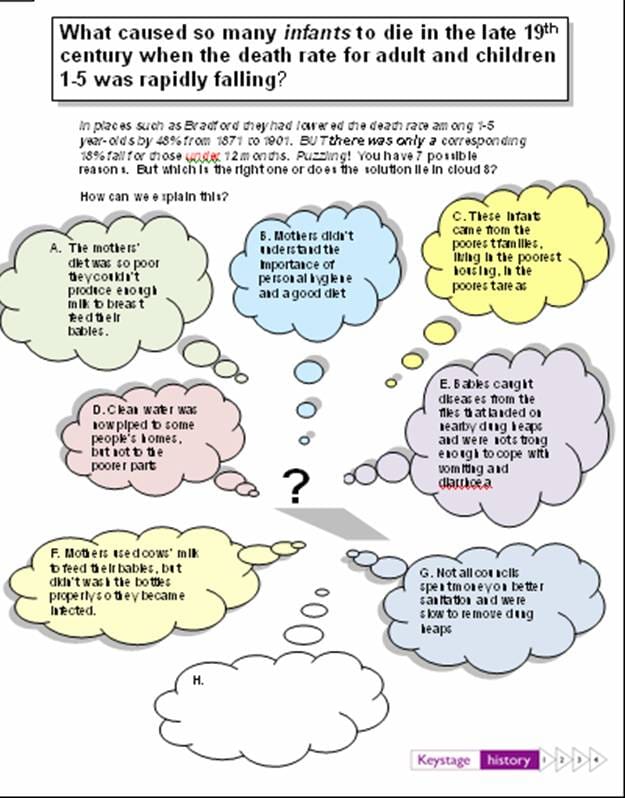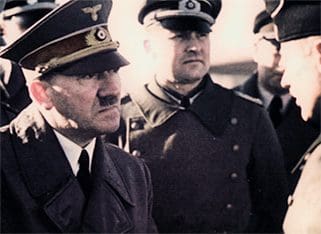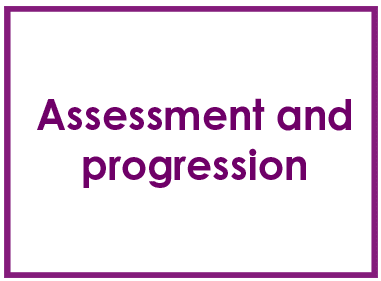
You will know from the activities provided on the site that we are firm believers in a planned series of varied diagnostic tasks taken under test conditions which show how pupils are developing in both their understanding of second order historical concepts whilst also demonstrating deepening contextual knowledge.
In arriving at this approach the following 12 ideas and processes were the most influential.
We appreciate the pressure departments are under to crunch numbers and to test (too) regularly, so we have ensured that the following guidance doesn’t stop you doing that. It just ensures ,to use an extremely tired and overworked cliché- that we are focussing our energy on fattening the pig and not just weighing it.
So here are the 12:
1. Define what counts
Start by defining what counts as good history and plan your teaching to achieve this. Develop your assessment strategy in relation to what you

